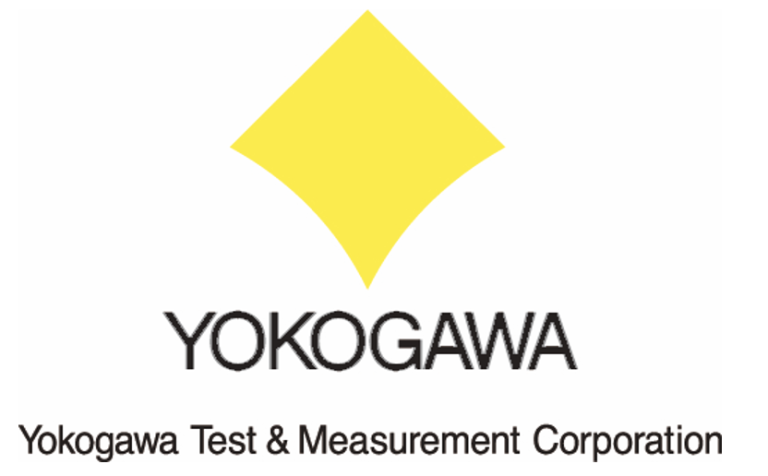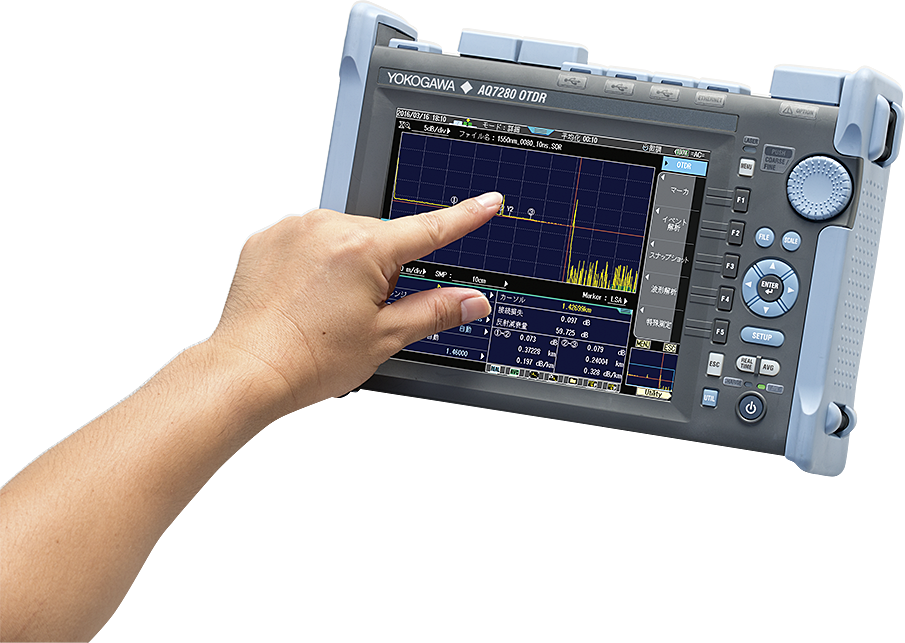
Introducing Yokogawa
Since its foundation in 1915, Yokogawa has been recognized as a technology leader. Annually, Yokogawa reinvests nearly a quarter billion dollars in research and development, much of it aimed at core technologies like test and measurement. As a result, Yokogawa’s annual corporate revenues have grown to over $4 Billion while amassing more than 6,000 patents and registrations. All of us within the Test and Measurement Division recognize it as our mission to continuously develop and supply the best possible solutions with optimum quality and value to customers and society, thereby contributing to our customer’s growth.
To learn more about corporate Yokogawa, please visit:
Can you provide a brief overview of your organization’s involvement in the fiber industry and its contributions to advancing connectivity in the APAC region?
Yokogawa Test & Measurement has been contributing to the development of optical fiber networks through providing optical measuring instruments for over 40 years. As Yokogawa Group’s core company in the measurement business, we have been developing ‘the mother tools of industries’, such as optical measuring instruments including OTDRs (optical time domain reflectometers) and optical spectrum analyzers for the ‘optical communication market,’ power analyzers and oscilloscopes for the ‘Green electricity/energy market,’ and field measuring instruments including calibrators for the ‘IA (industrial automation) market.’ For the fiber industry, Yokogawa provides cutting-edge solutions for precision optical measurements to ensure the performance and reliability of optical networks and devices across a range of industries.
As an industry innovator, could you share a recent example of a Fiber technology advancement or solution your company has developed that has had a significant impact on the market?
Our AQ6380 Optical Spectrum Analyzer is a benchtop-type device capable of measuring optical spectra with high wavelength resolution and a wide dynamic range. It operates in the optical communication wavelength band from 1200 to 1650 nm, making it suitable for researchers and developers. The analyzer achieves a wavelength resolution of 5 pm using a dispersive spectroscopy methodology, allowing it to separate closely allocated DWDM channels and modulation side peaks of optical transceivers. Additionally, its 65 dB wide close-in dynamic range enables clear separations and accurate measurements of signals in close proximity, such as the residual longitudinal modes of external cavity lasers.

From your perspective, where do you see the current state of the fiber industry in the APAC region? What trends or developments are shaping its growth and evolution?
The fiber industry in the APAC region is poised to remain robust, driven by the rapid advancement and adoption of cloud computing, artificial intelligence (AI), and 5G technologies. Over the past five years, the data center sector in Southeast Asia has experienced a significant boom, particularly in Singapore, Malaysia, and Thailand. Notably, Malaysia has swiftly emerged as a formidable hub for data centers within the region. China represents a pivotal market for the fiber optic industry, with fiber optics serving as an essential technology underpinning the expansion of China’s 5G network. As we look ahead, the market is poised for growth, driven by the enhancement of communication infrastructure, the surge in data centers, and the widespread adoption of cloud computing. These factors are anticipated to spur technological innovation and boost cost efficiency. In India, the expansion of the fiber optic network has been significantly propelled by government-led development of digital infrastructure, leading to substantial improvements in internet access, particularly in rural areas. Concurrently, research in the fields of quantum technology, 6G, and RoF is making significant strides. The production of optical devices is also progressing under the ‘Make in India’ initiative. Given these developments, the fiber optic industry in the APAC region is expected to experience further growth, propelled by the evolution of emerging technologies and shifting market dynamics.
Looking into the future, what exciting opportunities or challenges do you foresee for the fiber industry in the APAC region over the next 5-10 years?
As data centers evolve, the growth of high-speed edge nodes is inevitably shaping the strategic direction of overall data center networks. This is driving the current need for 400G-compatible spine switching and the future demand for 800G fabric bandwidth. The increase in data traffic, expansion of data center infrastructure, and the need for higher network speeds are key factors propelling the rising demand for high-performance optical interconnects in the Asia Pacific region. Optical transceivers play a crucial role in data communications and telecommunication networks. Yokogawa provides world-leading transceiver manufacturers with solutions to support the development and production of optical transceivers and components used in next-generation communication networks.
In terms of infrastructure development and deployment, what unique insights does your organization bring to the table that contribute to the success of fiber networks in the diverse APAC landscape?
Yokogawa’s involvement in the fiber industry provides advanced solutions for precise optical measurements across various sectors. Our instruments play a pivotal role in ensuring the performance and reliability of optical networks and devices. Yokogawa’s optical measuring instruments are renowned for their accuracy, reliability, and usability, particularly in the telecommunications, manufacturing, and research sectors. As the industry strives to reduce the carbon footprint of next-generation telecommunication networks, Yokogawa’s instruments aid in streamlining the development and evaluation processes.
How does your organization approach collaboration and partnerships within the fiber ecosystem to drive innovation and ensure seamless connectivity experiences for consumers and businesses?
Yokogawa maintains partnerships with telecommunications operators and transceiver/optical components manufacturers for the 400G to 800G transceivers in data centers and AI infrastructures. These partnerships result in improved quality testing, increased capacities, and strengthened supply chain security for our customers’ productions. Yokogawa’s OTDRs are specifically designed to empower field technicians to make fast and precise measurements of optical networks with confidence. Our optical spectrum analyzers are suitable for evaluating various components, including lasers for optical communications, optical transceivers, and optical amplifiers used in data centers and networks. High-precision optical test instruments, capable of analyzing light wavelength components and measuring wavelength characteristics, are essential for evaluating the characteristics and quality of transceivers and their components.

Given your experience, what advice would you offer to businesses and governments aiming to accelerate the adoption of fiber-optic technology in underserved or rural areas of the APAC region?
To accelerate the adoption of fiber-optic technology in underserved areas of APAC, it is essential for businesses and governments to collaborate. This collaboration can take the form of public-private partnerships, which can provide the necessary financing for infrastructure. The process can be further facilitated by streamlined regulations and incentives that help reduce costs. Leveraging innovative technologies and capitalizing on existing infrastructure can facilitate expansion. We believe that prioritizing sustainable and resilient infrastructure ensures long-term efficiency.
As an industry leader, what role do you believe the Fiber Network Council APAC plays in fostering knowledge-sharing, networking, and collaboration among stakeholders in the fiber industry?
The Fiber Network Council APAC (FNC APAC) plays a pivotal role in promoting knowledge sharing, networking, and collaborations among industry stakeholders. The activities supported by the FNC APAC have a significant impact on driving the growth and development of optical networks in the region.
Looking ahead to the next decade, where do you envision the fiber industry in the APAC region? How will emerging technologies and evolving market dynamics shape the landscape?
Over the next decade, the fiber industry in the APAC region is expected to experience significant growth, driven by advancements in cloud computing, AI, and 5G technologies. The rapid expansion of data centers in countries like Singapore, Malaysia, and Thailand will play a crucial role in this growth. This expansion will necessitate high-speed edge nodes and increased bandwidth, transitioning from 400G to 800G fabric bandwidth. Yokogawa’s precise optical measuring instruments, such as the AQ6380 Optical Spectrum Analyzer and OTDRs, are essential for improving the quality of optical transceivers and ensuring the reliability of next-generation communication networks. As the industry aims to reduce its carbon footprint, Yokogawa’s products will enhance the efficiency and accuracy of development and evaluation processes, consequently promoting environmental sustainability and delivers high performance in the APAC optical communication market.
For more information, please visit Yokogawa’s official website:


